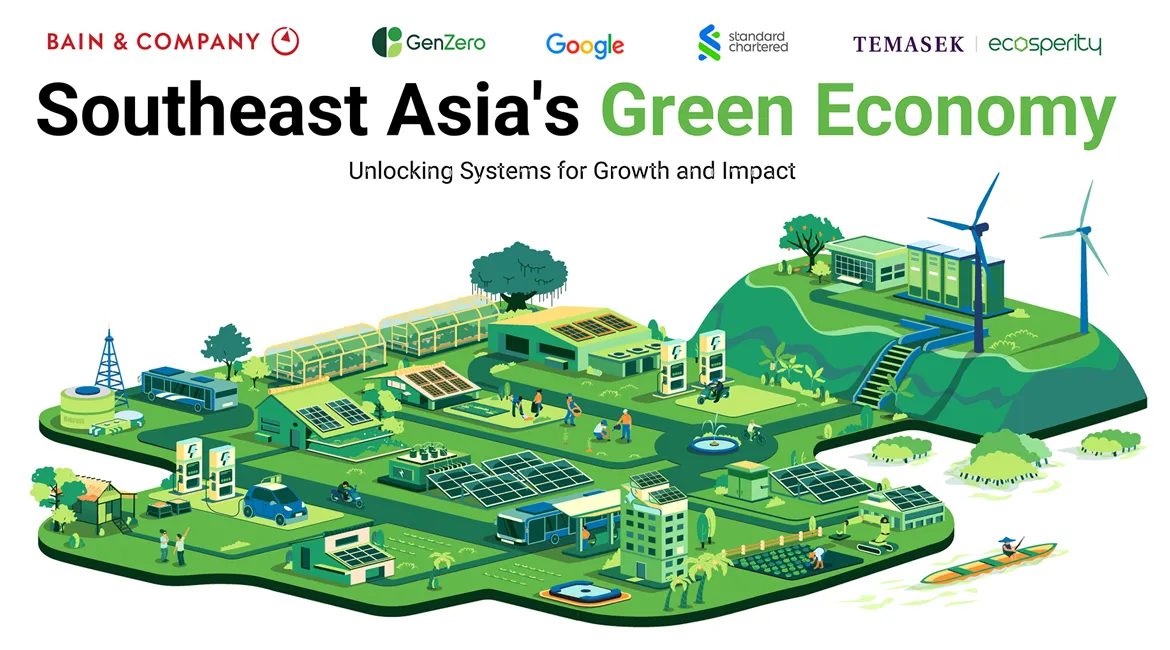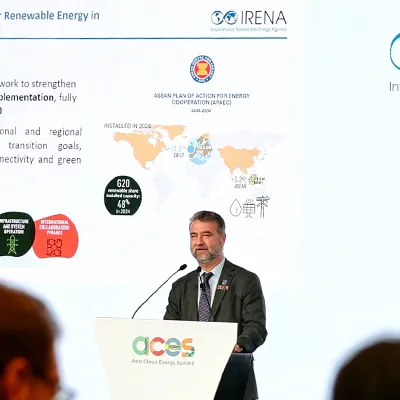Report
Southeast Asia (SEA) has made significant strides in its green transition over the past decade, supported by growing commitments and actions by both governments and private sector stakeholders across the region. Between 2023 and 2024, over US$8 billion (S$10.3 billion) in private green investments were made in Southeast Asia. The current global economic landscape presents timely opportunities to accelerate this transformation while strengthening energy security and regional cooperation.
This report outlines how Southeast Asia can further advance its green journey by linking environmental action with economic opportunity. The region can create more jobs, enhance energy independence, and capture emerging market value through three high-impact solutions:
- Bioeconomy development: Southeast Asia is well-positioned to capture substantial value from the global bioeconomy market owing to the region’s rich biodiversity and agricultural expertise. This sector – which is projected to reach US$30 trillion by 2050 – presents significant employment and economic opportunities while addressing environmental priorities.
- Domestic and regional grid transformation: Strategic modernisation of power infrastructure could generate 200,000 jobs by 2030 and contribute US$25 billion to the regional gross domestic product while enabling broader renewable energy adoption.
- Electric vehicle ecosystem advancement: A coordinated transition from traditional, internal combustion engine vehicles to electric vehicles will create new economic opportunities and strengthen regional supply chains.
Southeast Asia's green transition presents significant investment opportunities across sectors such as bioeconomy, clean energy, and sustainable transportation.
The report, jointly produced by Bain & Company, GenZero, Google, Standard Chartered, and Temasek, highlights how deeper collaboration between Southeast Asia and the wider Asia-Pacific region can accelerate these initiatives and maximise their impact on sustainable development.







